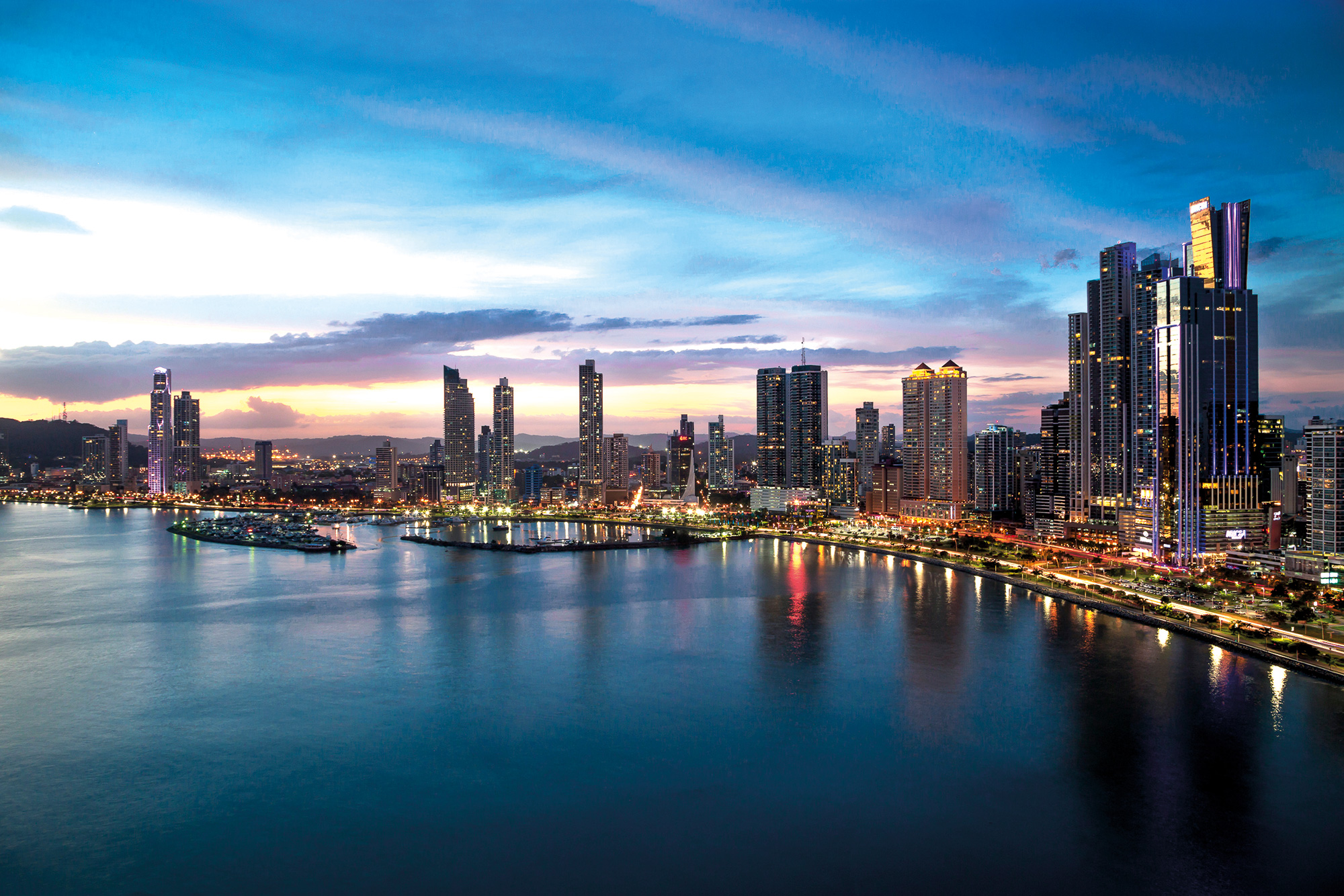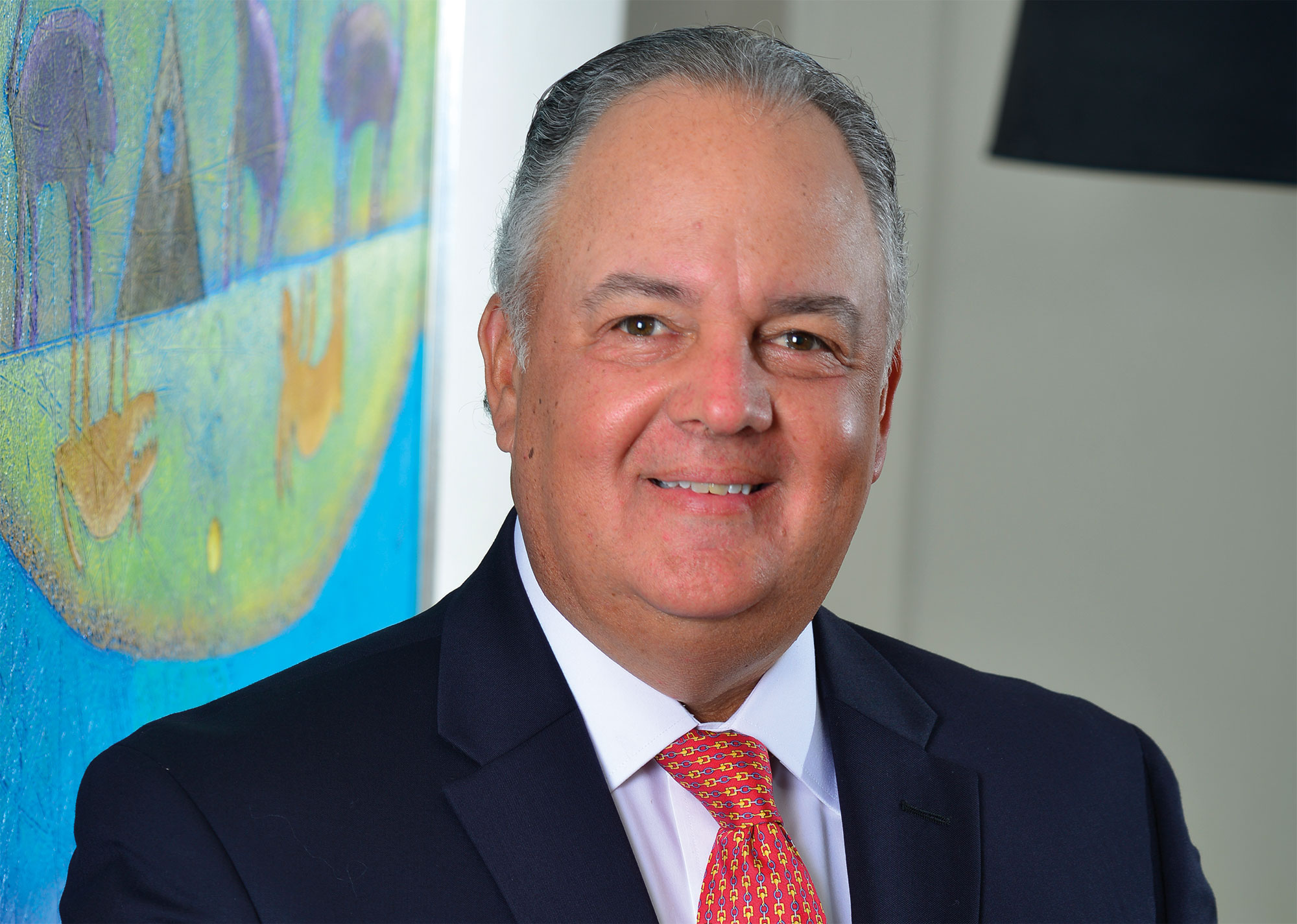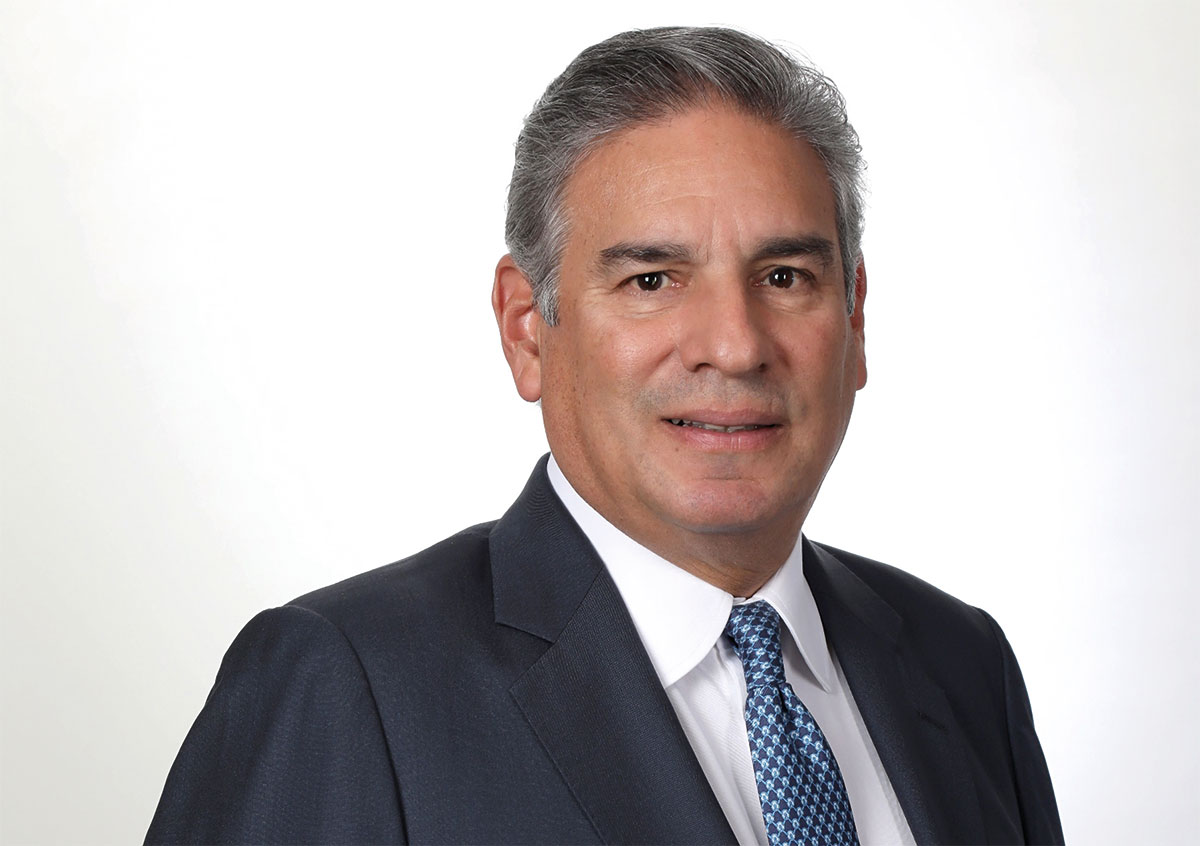[vc_row][vc_column width=”1/2″][vc_column_text]
Panama
Panama was the 73rd largest economy in the world by nominal GDP in 2018. Its GDP per capita was $15,575 USD. Panama has enjoyed strong economic growth over the past 15 years because of strong private investment and the widening of the Panama Canal. It was ranked 91st in the World Bank's Human Capital Index and 56th in the Economic Complexity Index in 2017. It is a member of the regional trading group SICA. Services was the largest economic sector in 2018 (65 percent of GDP), followed by manufacturing (5.8 percent), and agriculture (2.2 percent). In 2017, the largest export sectors were services (72.1 percent), minerals (6.9 percent), and agriculture (5.5 percent). The largest individual exports were transportation services (34.7 percent), travel and tourism (24 percent), insurance and finance (8 percent), ICT services (5.5 percent), and refined petroleum (3.9 percent). Its largest export partners were Ecuador (17.2 percent), Japan (15.1 percent), Guatemala (10.6 percent), and the USA (8.1 percent). The largest goods imports were cargo ships and similar vessels (18.8 percent), refined petroleum (14.37 percent), and crude oil (7.27 percent). The Spanish settled Panama in the 16th century. For over 300 years it was a key strategic colony for the Spanish. Panama became independent from Spain in 1821 and joined the Republic of Gran Colombia with modern day Colombia, Ecuador, and Venezuela. When Gran Colombia dissolved in 1831, it remained with Colombia. In 1903, it separated from Colombia after strong encouragement from the US. Between 1904 and 1914, the US Army Corps of Engineers built the Panama Canal. The US retained sole control over the canal and the Panama Canal Zone until 1979 and the Carter-Torrijos treaty. Joint control was then maintained until 1999, after which Panama took sole control. In 1989, the US invaded Panama to restore democratic government, reduce drug trafficking, and ensure the neutrality of the canal. Following the removal of the US economic embargo, private investment soared driving rapid economic growth. The successful 2006 referendum on widening the canal encouraged further international investment. Panama has also quickly grown to become the largest exporter of financial services in the Caribbean and Latin America. Reforms made between 2009 and 2014 transformed the banking sector and made it a regional banking hub. Between 2004 and 2019, Panama was among fastest growing economies in the world, with average annual real GDP growth of 6.8 percent. The growth in financial services also saw growth in money laundering and tax haven activities as underlined by the 2016 Panama Papers. The government strengthened AML/CFT and tax transparency measures in 2015 and has been increasing oversight efforts since 2016. In 2016, the widening and deepening of the canal locks were completed, allowing the passage of the New-Panamax class of container ships. This has increased Panama's revenue from the canal. In 2019, production began in the Cobre Panama copper mine, which will further boost the economy.
[/vc_column_text][vc_column_text] Its population in 2018 was 4,162,618 [1]
Its population in 2018 was 4,162,618 [1]
 In 2015, 21.23% of its total energy
In 2015, 21.23% of its total energy
consumption was renewable [2]
 In 2021, its GDP grew by 15.34% [2]
In 2021, its GDP grew by 15.34% [2]
 In 2021 it had a negative Current
In 2021 it had a negative Current
Account Balance of US$bn 1.85 [3]
 Its unemployment rate in 2021 was 11.29% [3]
Its unemployment rate in 2021 was 11.29% [3]
 Its Expenditure on R&D (as a percentage of
Its Expenditure on R&D (as a percentage of
GDP) in 2017 was 0.15% [2]
What free trade areas or economic unions is it a member of?
Member of the Central America Integration System (SICA) since 13/12/1991
Other members:
Belize, Costa Rica, Dominican Republic, El Salvador, Guatemala, Honduras, Nicaragua
What trade deals are there between Central America Integration System and other countries and economic unions?
EU - Central America Association Agreement (from 01/08/2013)
[/vc_column_text][vc_column_text]What trade deals are there with other countries and economic unions?
Panama - Dominican Republic partial scope agreement (from 08/06/1987)
Panama - Chinese Taipei free trade agreement (from 01/01/2004)
Panama - Singapore free trade agreement (from 24/07/2006)
Panama - Chile free trade agreement (from 07/03/2008)
Panama - Peru free trade agreement (from 01/05/2012)
United States - Panama free trade agreement (from 31/10/2012)
Canada - Panama free trade agreement (from 01/04/2013)
EFTA - Central America Free Trade Agreement (from 05/09/2014)
Mexico - Panama free trade agreement (from 01/07/2015)
Korea, Republic of - Central America free trade agreement (from 01/10/2019)
UK - Central America association agreement (from 01/01/2021)
[/vc_column_text][/vc_column][vc_column width=”1/2″][vc_column_text]Know the Risks and ‘See’ the Future with the Integrity and Transparency of Moody’s Local
AAY Investments Group: Panama-based Company Earns a Happy Niche in the VC World
Active RE Reaps Benefits of Being an Early Adopter with Juan Antonio Niño
Unity Willis Towers Watson: Old as the Ages, Wise as the Hills, a Global Leader with History and Scope
ACTIVE RE: Willingness to Embrace Opportunity Brings its Own, Enduring Rewards
Panama – A Tax Friendly Environment for Foreign Investors
Trade with the United Kingdom
Source: UK Office for National Statistics, October 2022.
Contains public sector information licensed under the Open Government Licence v3.0.
Loading, Please Wait!
This may take a second or two.






















































































